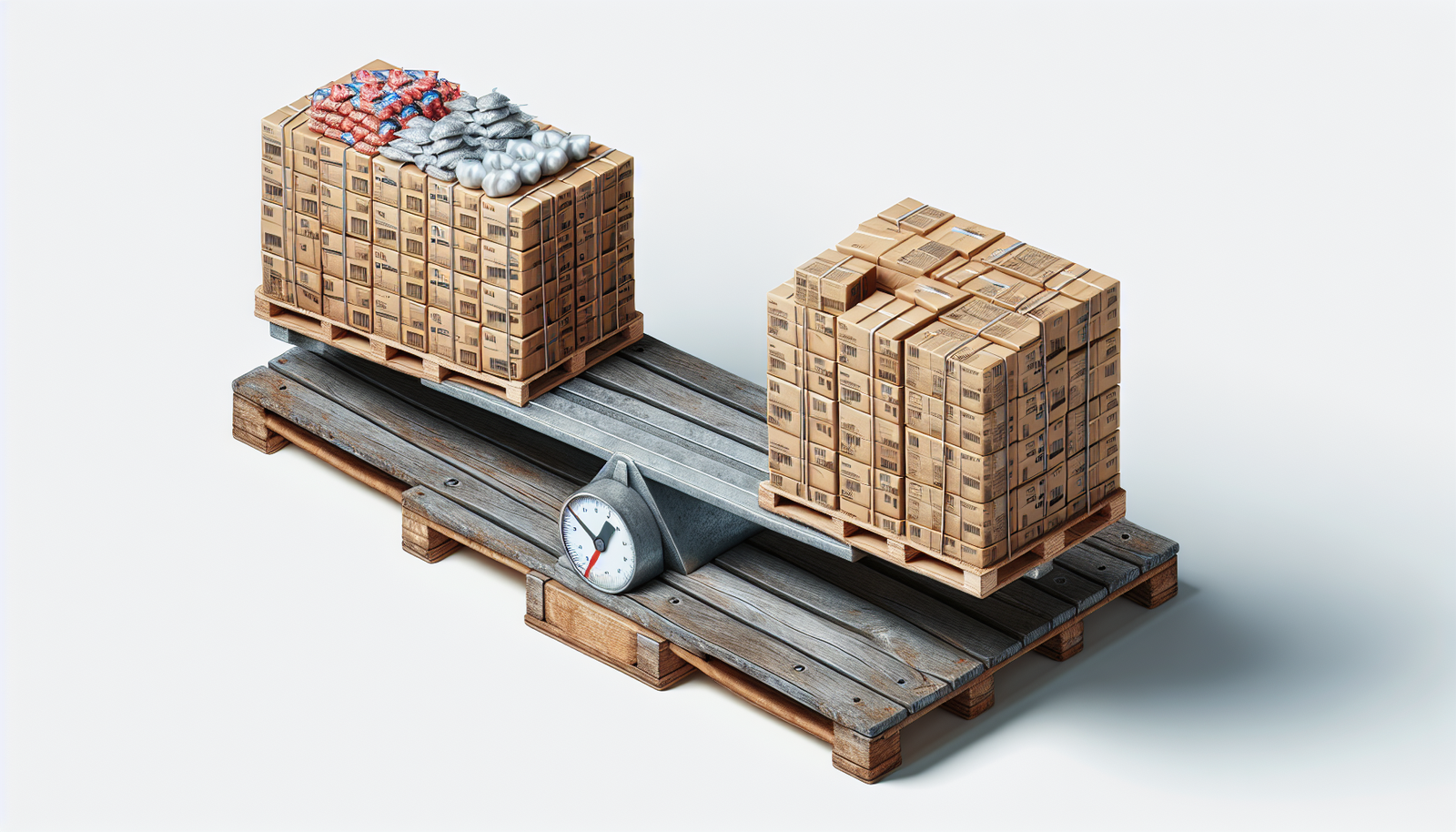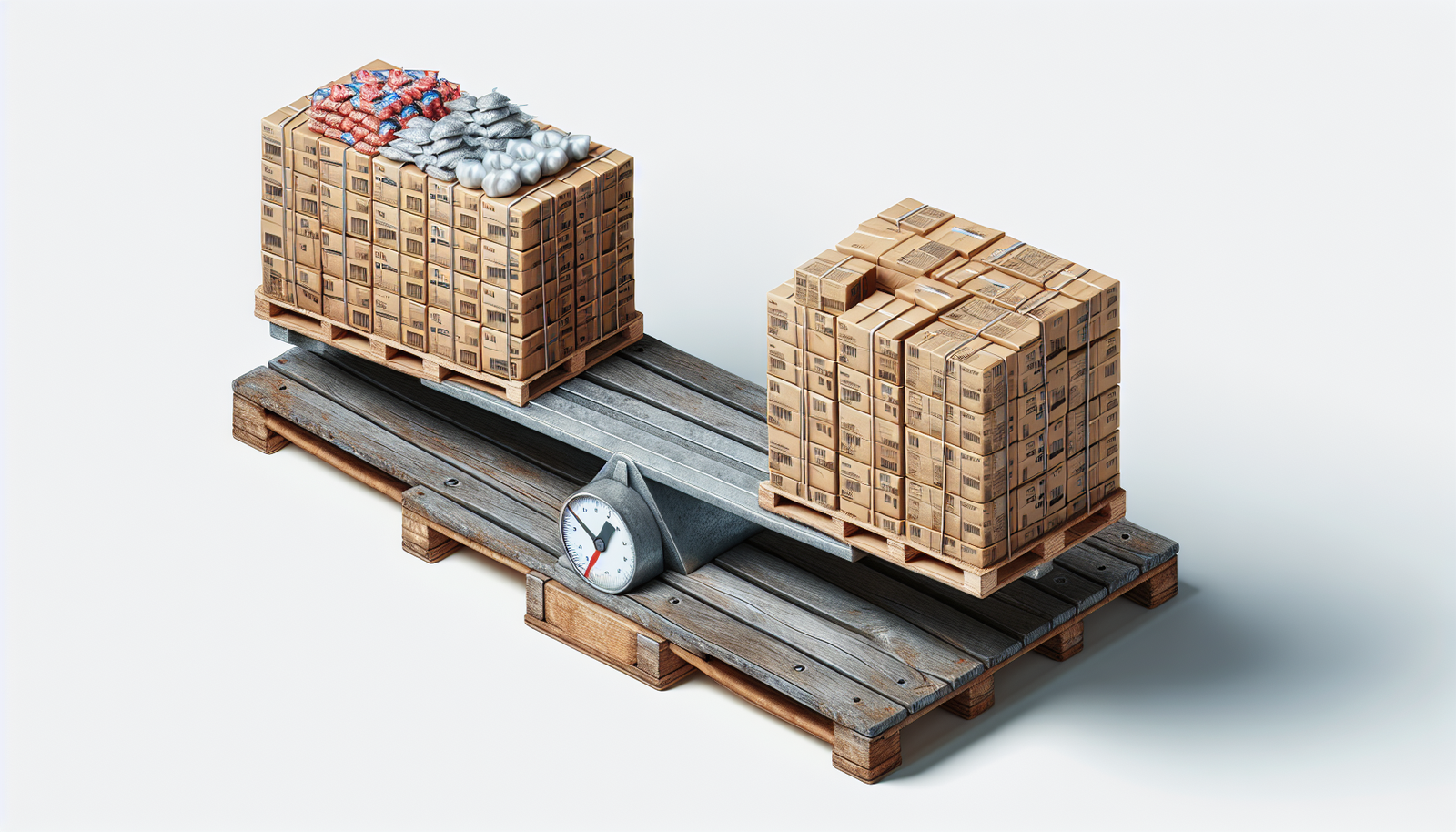
In the sphere of economics and business value maximization, understanding the intricate dynamics of purchasing in volume is pivotal. You might have presumed maximizing your financial savings lay in the furtherance of bulk purchases, however, the insightful revelation of the practicality of this strategy must be contextualized within the concept of the marginal point. “The Point At Which It Is No Longer Advantageous To Buy In Bulk Is Known As Marginal” purports to enlighten you on the economical rule that determines the limit past which bulk purchasing becomes economically inefficient. This pivotal exploration exposes the unseen line dividing advantageous bulk buying and the commencement of diminishing returns, thereby equipping you with the discernment to make informed purchasing decisions.
Understanding Marginal Utility
In the realm of economics, numerous factors contribute to our understanding of consumption and buying behavior. One such foundational concept is marginal utility, which is instrumental in apprehending how consumers derive satisfaction from consumption and how this guides their purchasing decisions.
Definition of Marginal Utility
In the dynamics of consumer decision-making, utility refers to the satisfaction or pleasure a consumer derives from consuming a product or service. Marginal utility, therefore, is the additional satisfaction or benefit that a consumer gains from consuming one more unit of a particular product or service. This is a key concept in understanding how consumers decide what quantity of a particular product to consume or purchase.
The Law of Diminishing Marginal Utility
The law of diminishing marginal utility is a fundamental consumer economic theory that informs numerous business and marketing tactics. This principle posits that the marginal utility of a product or service diminishes for each additional unit consumed. In a practical sense, with every successive increment in the consumption of a good or service, the satisfaction gained from consumption gets less and less.
Beyond Basic Demand and Supply
Understanding modern market dynamics necessitates going beyond basic demand and supply models to consider other factors, such as economies of scale and the principle of buying in bulk.
Economies of Scale
Economies of scale is a term that refers to the cost advantage that businesses obtain due to their scale of operation, with cost per unit of output generally decreasing with increasing scale. It is one of the key reasons large companies and manufacturers choose to produce quantity in large bulks.
Buy in Bulk and Save
Along similar lines, consumers enjoy economies of scale when they buy goods in bulk. The unit price is often discounted when consumers purchase large quantities, leading to significant savings over time.
The Concept of Buying in Bulk
The decision to buy in bulk is influenced by a variety of factors, not least the attracting savings in cost.
Benefits of Buying in Bulk
Buying in bulk provides a variety of benefits to consumers. It reduces the frequency of purchases, saving time and resources. It presents an opportunity for sharing, bartering, or selling surplus supplies and can be instrumental in price control as it evades price fluctuations in the market. Besides, bulk-buying is often more sustainable as it reduces the amount of packaging involved.
Common Examples of Bulk Buying
Bulk buying is a common occurrence in modern society. This practice runs the gamut from simpler examples like buying canned goods, dry goods, cleaning and hygiene products, office supplies, and non-perishables in large quantities, to bigger ventures like group buying cooperatives, and businesses buying raw materials or component parts in high volumes.
The Drawbacks of Buying in Bulk
While buying in bulk provides significant benefits, it also comes with its own set of challenges.
Storage Constraints
One major issue when buying in bulk is the requirement for space to store these goods. Without ample storage, bulk purchases can become a problem, leading to clutter and compromising living or working conditions.
Risk of Wastage
There exists a significant risk of wastage, especially for perishable goods or goods with an expiration date. The quantity may become too large to consume within the required time frame.
High Initial Cost
Despite long-term savings, the initial investment needed for buying in bulk can be hefty. Not all consumers may be able to afford the initial layout of cash required for such purchases.
Identifying the Marginal Point in Bulk Buying
Identifying the point at which it is no longer advantageous to buy in bulk—the marginal point—requires careful evaluation of the benefits and costs involved.
Evaluating the Benefits
Determining the marginal point in bulk buying requires a thorough understanding of the benefits. These involve reduced purchase frequency, savings in per-unit costs, less packaging, and protection against price inflation.
Calculating the Costs
Simultaneously, it’s equally essential to calculate the costs associated with bulk buying. These may consist of storage costs, chances of wastage, and a high initial investment.
Need for Regular Assessment
Assessing the marginal point is not a one-time activity. This point can shift due to numerous reasons—changes in a family’s consumption pattern, commodity prices, availability of storage, among other variables. Regular assessment is therefore necessary to gain the maximum advantage from bulk buying.
Methodology for Calculating the Marginal Point
Arriving at the marginal point requires a systematic approach to evaluate costs and benefits and must consider specific scenarios to reflect real-life conditions.
Determining Quantity and Cost
The first step is to determine the quantity that one can realistically consume or store and juxtapose it against cost savings per unit.
Mapping out Cost and Benefit Analysis
The next step is to chart out a comprehensive cost-benefit analysis factoring in storage costs, potential wastage, and other factors such as inconvenience, opportunity cost, or potential gains from bulk buying.
Looking at Variations Based on Specific Scenarios
Different scenarios need to be considered, such as changes in market price, consumption patterns, lifespan of the product, among others to calculate the most accurate marginal point.
Application of Marginal Analysis to Real Life Scenarios
Despite being a tool steeped in economic theory, marginal analysis can have very practical applications.
Case Study: Retail Grocery Store
A retail grocery store uses marginal analysis to decide when to stop stocking up on perishable goods. Given the limited shelf-life and storage limitations, they continuously assess and adjust quantities to avoid wastage and ensure profitability.
Case Study: Wholesale Supplier
A wholesale supplier, on the other hand, uses marginal analysis to determine the purchase quantity from manufacturers. They have to balance the savings acquired from bulk buying against the cost of storage, transport, and potential for unsold stock.
Personal Consumption
For personal consumption, marginal analysis helps determine the optimal quantity for groceries, clothing, or similar items. It provides a tool to manage household budgets effectively by mitigating wastage and ensuring each dollar spent brings maximum utility.
Margin Analysis and Its Impact on Consumer Behavior
The adoption of marginal analysis has profound implications on consumer behavior.
Influence on Shopping Patterns
The concept of marginal utility inevitably influences consumer shopping patterns. Consumers often buy in larger quantities when per-unit savings are significant, and their storage capacity allows the increased volume.
Impact on Financial Management
Understanding the principle of marginal utility can significantly impact financial management decisions, guiding consumers to maximize value from their spendings.
Role in Decision-Making Process
More broadly, the concept of marginal utility informs the decision-making process, influencing trade-offs between savings and convenience, quality and quantity, immediate and future consumption, among others.
The Repercussions of Misjudging the Marginal Point
Misjudging the marginal point when buying in bulk can have negative repercussions.
Potential Financial Loss
Economically, such a miscalculation may lead to a considerable financial loss should one overestimate or underestimate the optimal buying quantity.
Possible Oversupply Issues
Practically, it may also result in an oversupply of goods, leading to physical clutter, increased waste, and shortages of other goods, which could have been bought with the same resources.
Decreased Product Quality
Especially with perishable goods, quality may decrease towards the end of the bulk quantity, leading to less satisfaction from consumption.
An Evolving Understanding of The Concept of ‘Marginal’
Like all economic concepts, our understanding of the concept of ‘marginal’ has evolved over time and continues to do so.
Historical Overview of Margin Analysis
Initially, these theories were primarily used in the economic field, with rudimentary equations taking into account only a reduced set of variables. Over time, these theories have been refined, and other disciplines such as psychology and sociology have contributed to expanding our comprehension of the concept.
Current Trends and Developments
In the contemporary era, the concept of the marginal utility gets closely tied with behavioral economics, neuroeconomics, and data science. The emergence of big data, machine learning, and improved computational capabilities has allowed us to handle more complex datasets, bringing an unprecedented level of precision and applicability to marginal analysis.
Future Predictions for the Concept ‘Marginal’
In the future, marginal analysis might well become even more integrated into our daily lives. As data becomes ever more pervasive and personalized, consumers will have access to tools that will enable them to ascertain their marginal point with greater accuracy. Businesses, on the other hand, could utilize comprehensive analytics solutions to optimize their operational efficiencies in real-time. As such, the concept of ‘marginal’ will only become more critical in helping us understand and navigate the modern economic landscape.






Leave a Reply